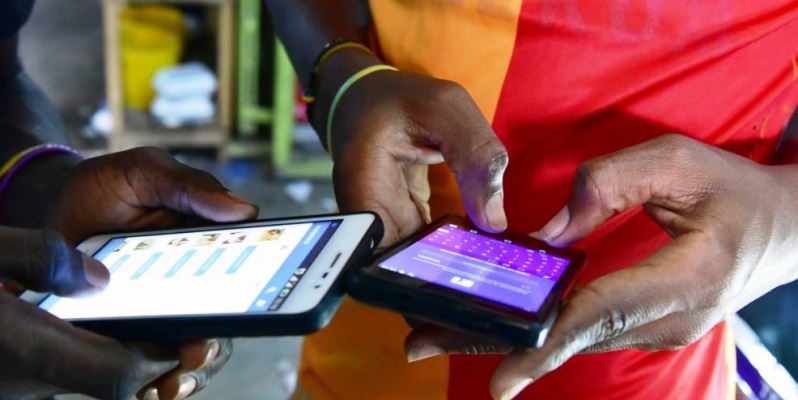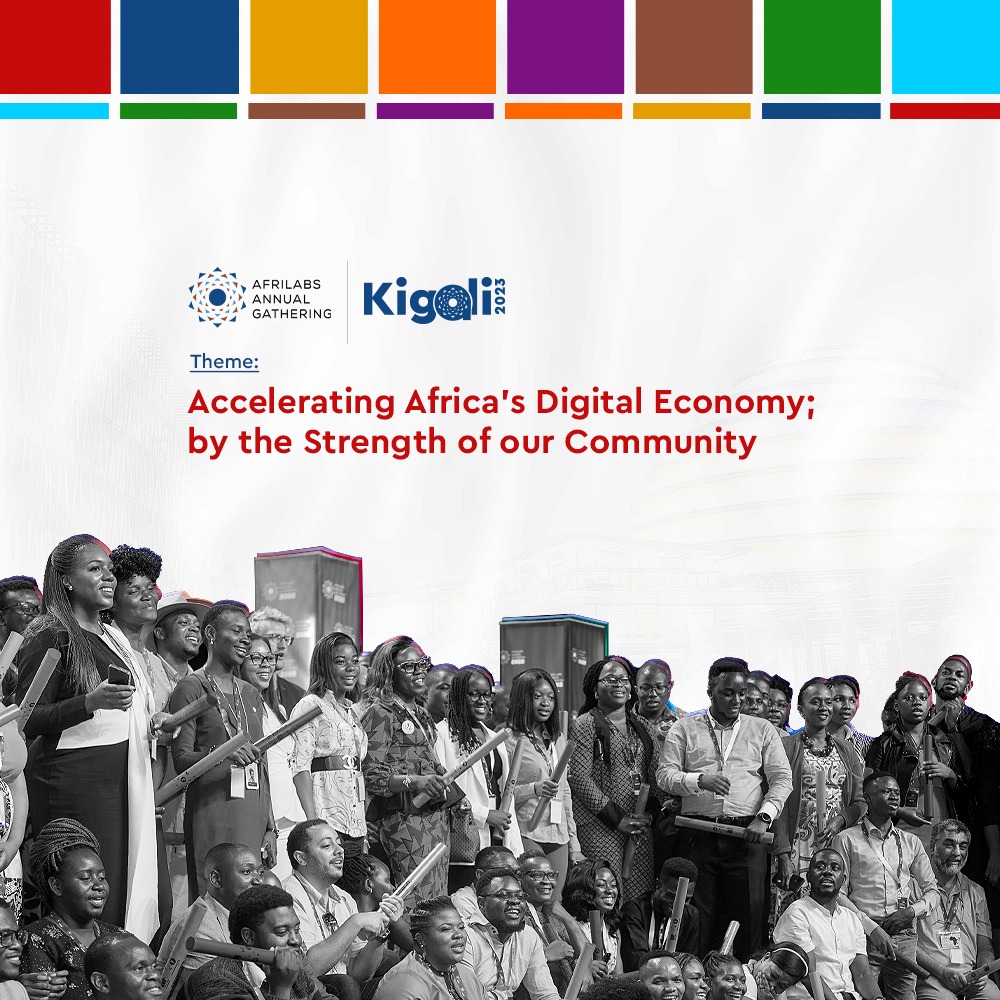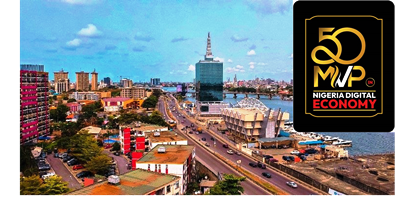Africa’s smartphone market declined 3.4% quarter on quarter (QoQ) in Q1 2023 to total 17 million units, the lowest level of shipments since the start of the COVID-19 pandemic in Q1 2020. That’s according to the latest figures announced by International Data Corporation (IDC), with the firm’s newly released Worldwide Quarterly Mobile Phone Tracker showing that rising inflation and local currency depreciations against the U.S. dollar have negatively impacted demand for smartphones across the continent.
RELATED: Sluggish economies cause slowdown in consumer demand for smartphones in Africa – IDC
Shipments of feature phones across Africa also declined in Q1 2023, although not to the same extent as smartphones. Feature phones remain relatively affordable and are still the preferred secondary device option for many consumers.
“Africa’s smartphone declined throughout 2022 amid weak consumer demand, and this has been exacerbated by rising inflation and higher device prices,” says George Mbuthia, a senior research analyst at IDC. “The average selling price (ASP) for smartphones grew QoQ due to high import costs and the fact that many vendors’ flagship devices are now equipped with 5G and have therefore moved up in price to the premium segment.”
Africa’s top 3 smartphone markets recorded a mixed performance in Q1 2023. South Africa and Nigeria both saw shipments decline QoQ, while the Egyptian market registered growth. South Africa was impacted by seasonality issues and weak demand, meaning vendors were unable to bring in new units while they continued to clear the channel. Egypt remains below its potential, but local assembly is picking up in the country and the government has now dropped its “letters of credit” requirement for vendors, both of which have helped the market to recover from its low base.
Transsion (Tecno, Itel, and Infinix) accounted for the largest share for smartphone shipments across Africa in Q1 2023, despite experiencing a decline in units. Samsung placed second, while Xiaomi came in third.
“Looking ahead, a slight recovery in demand is expected starting from the second half of 2023, with uncertainty over a global recession lessening,” says Ramazan Yavuz, a senior research manager at IDC. “Greater currency stability against on the dollar will promote more stable pricing, and this is also expected to ease import costs and thus lower ASPs in the market, helping to spur slight growth throughout the remainder of the year.”

































